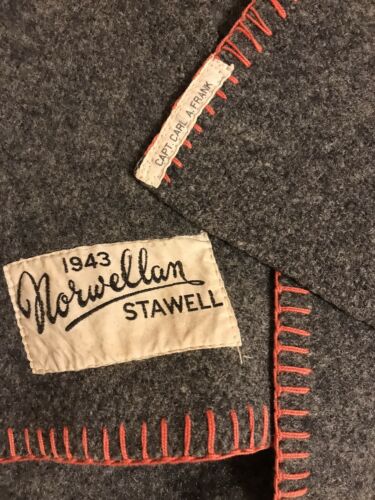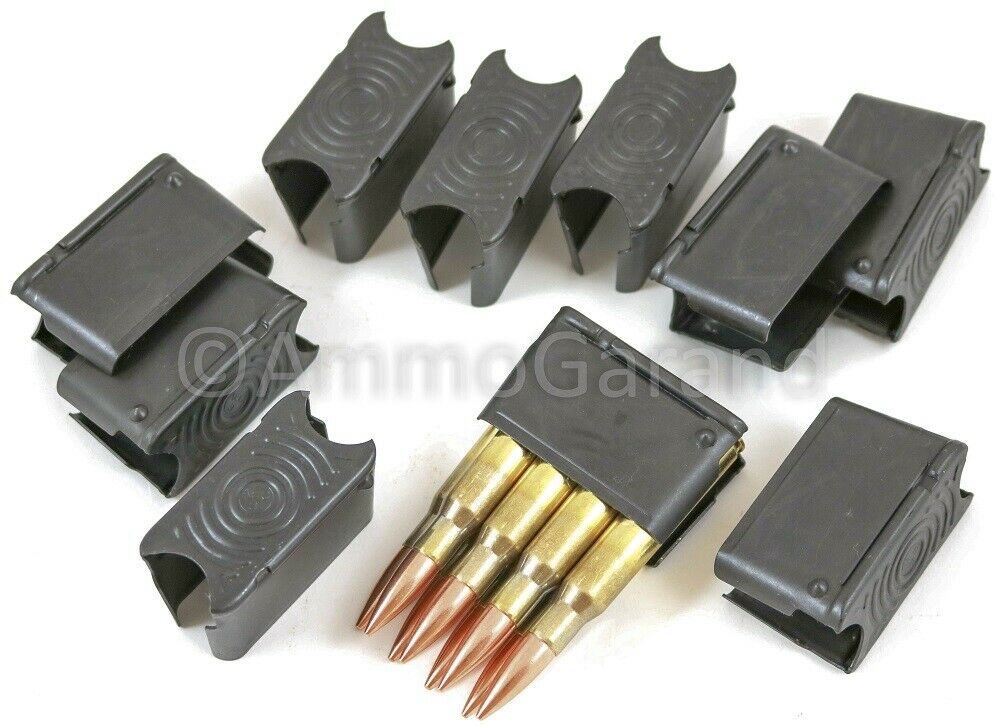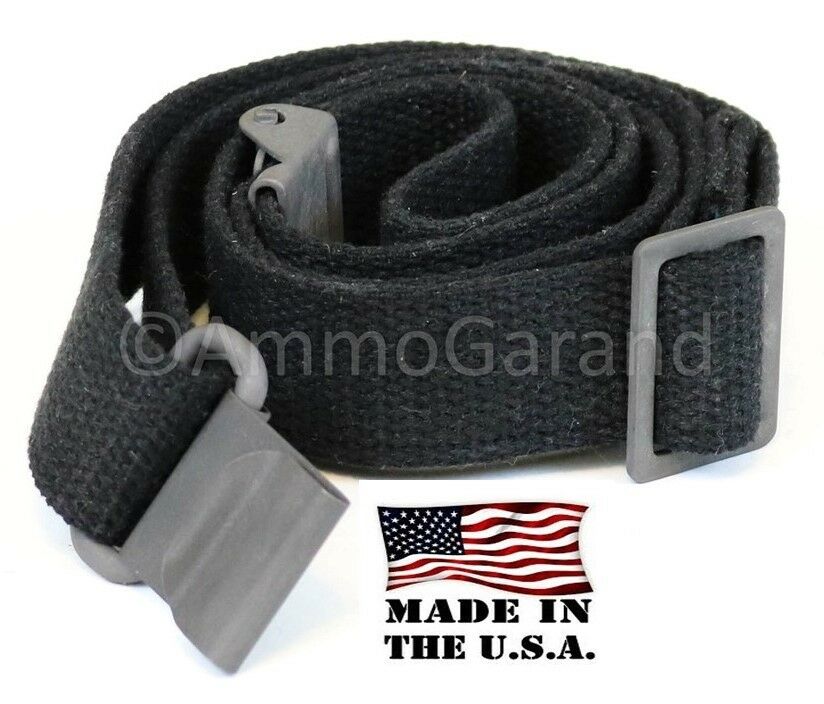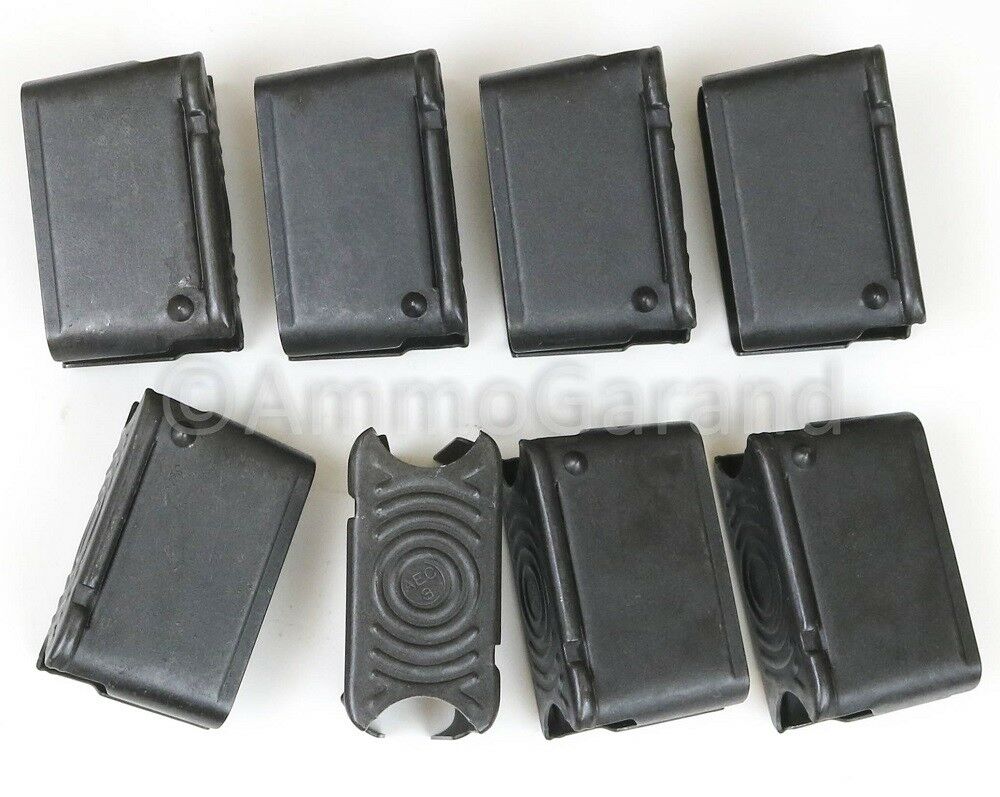-40%
WWII USMC Australian Blanket (“1943 / Norwellan / STAWELL") 1st MAR DIV. Excell.
$ 88.44
- Description
- Size Guide
Description
WWII USMC Officer's Australian Army-issue Blanket ("1943 / Norwellan / STAWELL "
) Named to
"CAPT. CARL A. FRANK,"
most likely serving with
1st
Marine Division.
His
printed
Name
Tape
(1 3/4” x 5/16”) is machine-sewn on the corner of the reverse side of the Blanket.
Much of the Division’s equipment and many Marines’ Bedrolls did not make it onto the transports when the Division left Guadalcanal for Australia. Short on equipment, the men of the
1st Marine Division (the "Old Breed")
received a huge number of these
Australian Army Blankets
(as
well as much U.S. Army equipment) when they were stationed in "the land down under." (See the photograph and discussion in Harlan Glenn's exceptional,
"782 GEAR: UNITED STATES MARINE COPRS FIELD GEAR & EQUIPMENT OF WORLD WAR II,"
Schiffer, 2009, p. 75-76. Subsequently Blankets such as this one of
CPT
Frank’s
were carried by the Marines for the remainder of their campaigns in the Pacific, e.g. Cape Gloucester, Peleliu, and Okinawa in the Division’s remorseless push toward the Empire of Japan’s Home Islands.
RARE! RARE! RARE!
Dimensions: 51" width; 81 " length.
— Three woven
SKY BLUE
2 inch wide stripes run the length of the thick
GRAY WOOL
Blanket. This Blanket is considerably
THICKER
than the Forest Green USMC-issue Blanket.
-- This example is remarkably well preserved, despite
FOUR moth bites,
the
two “recognizable” ones are shown next to the USMC Raider Stiletto.
-- PERFECT ends and edges!! NOT a single
SALMON
-colored 1/2" Hand-Seen
BLANKET
WHIPSTITCH
has pulled loose!!
--
ZERO
stains!!
-- Complete with the ORIGINAL, intact Silk-embroidered (brown on white) Cotton
CONTRACT TAG
, (2 3/4" x 1 1/2") still stitched to the bottom right corner which reads,
"1943 / Norwellan / STAWELL”
Woven
by
NORWELLAN TEXTILES PTY LTD.
of Stawell, Victoria.
Also known as
NORTH WESTERN WOOLLEN MILL, NORWELLAN
is
located 147 miles west of Melbourne and is still manufacturing woollen
goods. At some point in 1943 the manufacturers were instructed to use an assigned contractor
Numeric "V" code
instead of stating the company’s name on the
Contract Tag. This Blanket was made concurrent with the 1st Marine Division’s arrival in Brisbane and Melbourne!!!
**********
AUSTRALIAN BLANKETS and the 1st MARINE DIVISION:
The
1st Marine Division
arrived in Melbourne for rehabilitation on 12 January 1943 on board the
USS
West Point
,
USS President Hayes, USS President Adams
and
USS
President
Jackson
. Thus the only "Invasion" that Melbourne had during WWII had begun!!
18,200
Marines
had arrived in Melbourne!
*****
Richard B. Frank's article in
NAVAL HISTORY, Vol. 24, No. 2
:
Departure from
Guadalcanal
brought the
1st Marine Division
to General Douglas MacArthur's Southwest Pacific Area. Initially the exhausted division was routed to Brisbane, Australia. "Don't call it a camp," railed one battalion commander. "Just say we were dispersed in a swamp." General Vandegrift dispatched staff officers forthwith to scout for a better location. They found the ideal tonic for the division: Melbourne, located in cool, mosquito-free southeastern Australia. When the transport
West Point
(AP-23)
delivered the division there on 12 January 1943, the Melbourne population embraced the Marines in a tumultuous reception.
In the first weeks, malaria laid low as many as 7,000 men. While that was the greatest scourge, the bodies of most men further served as involuntary playgrounds for a host of other jungle diseases. Bone-deep weariness and weight loss also figured prominently in the division's ills. It took weeks of rest in the salubrious climate as well as infusions of suppressive drugs to tame malaria and the other afflictions that had wrecked the division's combat readiness.
For the majority of the Marines, still extremely youthful by age but now matured beyond their years in experience, Guadalcanal radically dimmed out memories of their recent past.
With its wide and lighted streets, trolleys, cars, bars, hotels, houses, and above all warm and exuberant population that greeted them as the "saviors of Australia," beautiful Melbourne presented an idealized version of life without war. The locals literally opened their houses to provide anyone who desired his own home with family life instead of a billet. Most Marines also entertained aspirations for companionship beyond domestic tranquility. They found the Australian girls alluring, and romances flourished. "There were many engagements and a few marriages,"
deadpanned the division historian.
One of Melbourne's distinctions when the Marines arrived was the scarcity of other servicemen. That changed when the fabled
9th Australian Division,
veterans of the battles of
Tobruk
and
El Alamein
in North Africa, staged through Melbourne en route to further combat on
New Guinea
. After a number of pub brawls, the Leathernecks staged a joint beer party that brought peace for its time between the members of the two hard-fighting units.
Training for the
1st Marine Division's
next operation began as early as 18 January but initially moved at a very modest pace. The highlight of the first phase was acquainting the Leathernecks with the
M-1 rifle
. Despite much nostalgia for the M1903 Springfield, the
M-1
offered much-superior firepower.
Between March and May, training progressed to small-unit tactics and then landing exercises. An Army team that inspected the division in August 1943 concluded that it "is well equipped, has a high morale, a splendid spirit and approximately 75% of its personnel have had combat experience. The average age of its enlisted personnel is well below that in Army Divisions." The report further observed the division's key leadership officers from company level up and the vital NCOs were overwhelmingly combat savvy.
The division shipped out of Melbourne in stages between August and October 1943. There is one unmistakably true measure of what Melbourne meant to the division. For a year after departure, the 1st Marine Division postmaster noted more outgoing mail went to Melbourne than to the United States. Some relationships between Marines and their hosts would endure a lifetime.
**********
Blake Stilwell (from WE ARE THE MIGHTY)
:
During World War II, the Marines of “
the Old Breed,” the 1st Marine Division
, famously began the first Allied offensive against Japan in the Pacific at Guadalcanal. Armed with old Springfield M1903 rifles and meager stores of food and ammunition, the Marines wrested control of the island from Japan in just over six months, earning them their first of three Presidential Unit Citations in WWII and a well-deserved rest in Australia.
Say “no” to Bull Halsey. See what happens.
After the months of fighting and privation, the Marines were looking worse for wear. Sick from dysentery and weak, the men were just worn out. When they first docked in Brisbane, they were housed in what amounted to a series of shacks in swampland.
When the Marines’ commander, General Alexander Vandegrift, ordered that the entire division be moved, the Navy told him there was no way to spare the number of ships needed — and they had nowhere to go, anyway. That’s where Admiral William “Bull” Halsey and the city of Melbourne came in. Australia’s second-largest city offered to take them with open arms and Halsey would get them there.
Camps of already-pitched tents and bunks were waiting for them as they landed in Melbourne. The sick and wounded were transferred to a newly-finished hospital in nearby Parkville and the rest were given unlimited liberty for the next 90 full days. One account says the citizens of Melbourne opened their homes to the Marines. It was a mutual love affair for the guys who left their homes in the U.S. to fight with and for the Aussies.
Say “no” to Bull Halsey. See what happens.
After the months of fighting and privation, the Marines were looking worse for wear. Sick from dysentery and weak, the men were just worn out. When they first docked in Brisbane, they were housed in what amounted to a series of shacks in swampland.
When the Marines’ commander, General Alexander Vandegrift, ordered that the entire division be moved, the Navy told him there was no way to spare the number of ships needed — and they had nowhere to go, anyway. That’s where Admiral William “Bull” Halsey and the city of Melbourne came in. Australia’s second-largest city offered to take them with open arms and Halsey would get them there.
Camps of already-pitched tents and bunks were waiting for them as they landed in Melbourne. The sick and wounded were transferred to a newly-finished hospital in nearby Parkville and the rest were given unlimited liberty for the next 90 full days. One account says the citizens of Melbourne opened their homes to the Marines. It was a mutual love affair for the guys who left their homes in the U.S. to fight with and for the Aussies.



















